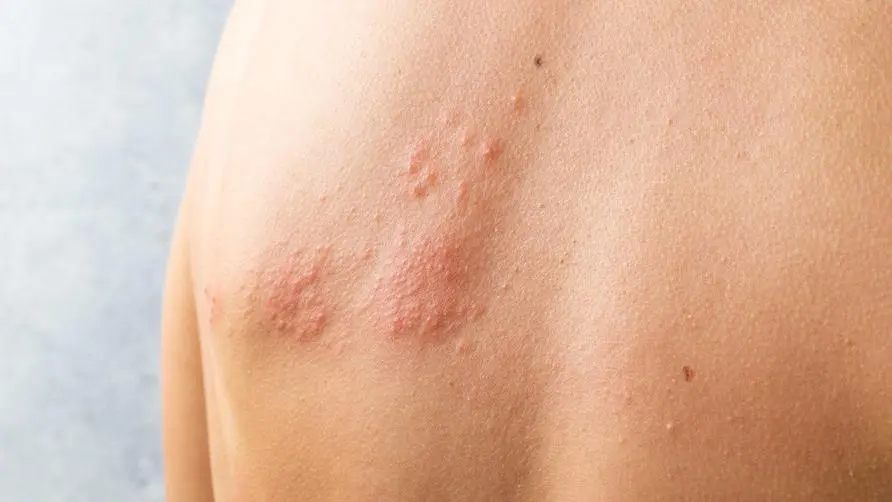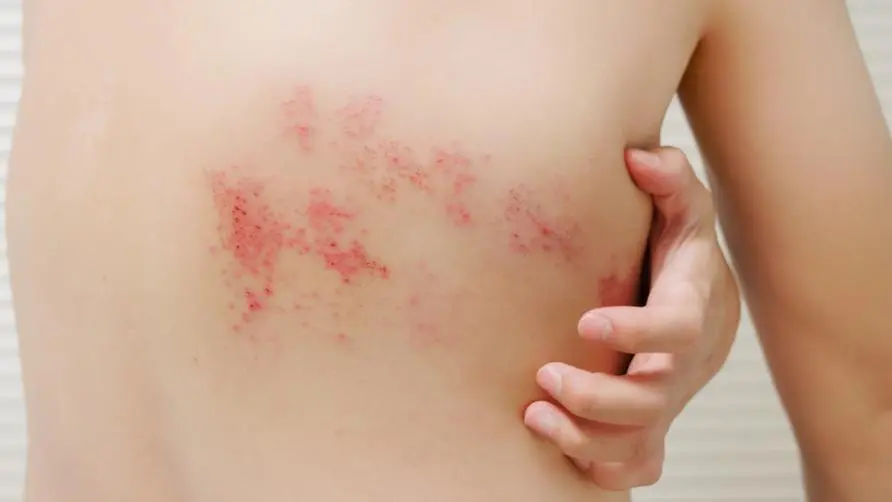Are you more likely to have a stroke if you have "Skin Snake"? Study: Heart disease risk during shingles growth phase

Are skin snakes prone to stroke? Study: Shingles increases long-term heart disease risk
The occurrence of “skin snake” will not only cause blisters and neuralgia, but may also increase the risk of future heart disease? A prospective study that followed more than 200,000 adults for 16 years showed that compared with those who did not suffer from herpes zoster, those who had experienced herpes zoster had a 30% higher long-term risk of major cardiovascular events, and in After developing shingles, the risk may remain elevated for up to 12 years. The study was published in the Journal of the American Heart Association.
Sharon Curhan, the lead author of the study and assistant professor at Brigham and Women’s Hospital affiliated with Harvard Medical School, said that after having chickenpox, the varicella-zoster virus will remain in the body for years or even decades, and about one-third of it will remain in the body for years or even decades. of adults will develop herpes zoster in their lifetime. The risk of developing herpes zoster increases as you age, take medications, and suffer from diseases that weaken your immunity. Causes skin blisters, burning pain, rash and long-term post-rash neuralgia.
The research team claimed that from various literatures, the reactivation of the varicella-zoster virus may cause more lasting side effects, such as aggravating inflammation and chronic vascular changes, increasing vascular obstruction, affecting blood flow, etc., thereby causing cardiovascular disease. The occurrence of events such as the risk of stroke and heart disease. However, this study is still observational and cannot directly establish a causal relationship between shingles and cardiovascular disease.
The virus lurks in the ganglion for a long time! Causes and symptoms of shingles
Herpes zoster is caused by Varicella Zoster Virus (VZV), a type 3 human herpes virus that can cause chickenpox and shingles. Chickenpox is more likely to occur in children. In patients who have had chickenpox, the virus will lurk in the dorsal root ganglia. It will relapse a few years later and invade the skin areas innervated by the nerves along the sensory nerves.
Herpes zoster can cause blisters and neuralgia, and is often unilateral and band-shaped. It often occurs in the chest, waist and other parts of the body, so it is also known as the “skin snake”. Herpes zoster will cause burning, itching, and stinging at the affected site, making the patient’s skin extremely sensitive. There will be obvious discomfort when wearing clothes that rub against the shingles area, and then rashes and blisters will appear again. The blisters last for an average of 2-7 days. Scabs will form after a few days, and symptoms such as fatigue, fever, and muscle aches may also occur during this period.
It is worth noting that about 10% of patients with herpes zoster experience long-term pain in the area where the blisters appear on the skin. Even after the lesions on the skin surface disappear, they still feel pain for months or years. This is especially true in elderly patients. Most common. In addition, herpes zoster may cause blindness when it invades the trigeminal nerve, and may cause ear herpes or facial nerve paralysis when it invades the geniculate ganglion, also known as Ramsay Hunt Syndrome, which may lead to irreversible loss of hearing and irrecoverable hearing loss. Facial nerve palsy.
Who is at high risk for shingles? What should you pay attention to when getting vaccinated?
According to information published by Harvard Medical School, the main risk factor for shingles is age-related. People over 50 years old and those with compromised immune systems (such as those undergoing cancer treatment) are at high risk for developing shingles. There are also studies that indicate that long-term use of steroids may increase the risk of shingles.
Once shingles occurs, antiviral drugs, anti-inflammatory analgesics, and neuroleptics are used to help relieve it, but patients may still face long-term post-rash neuralgia. One of the best ways to prevent shingles is to get the shingles vaccine. Currently, the two shingles vaccines can reduce the risk of occurrence by about 51% and 90% respectively, and are effective for about 5 and 10 years.
When administering the herpes zoster vaccine, you should pay attention to whether you are allergic to the vaccine ingredients, whether you are taking drugs that may affect immune function, whether you have received a stem cell transplant, and whether you are pregnant or preparing for pregnancy. You must discuss it with your doctor in detail before administering the vaccine. Because the vaccine is designed to prevent the occurrence or recurrence of shingles, it is not intended to treat shingles. People with risk factors should discuss with their physician whether early vaccination is appropriate to reduce the risk of shingles.
Source: Shingles - Mayo Clinic
Further reading:




